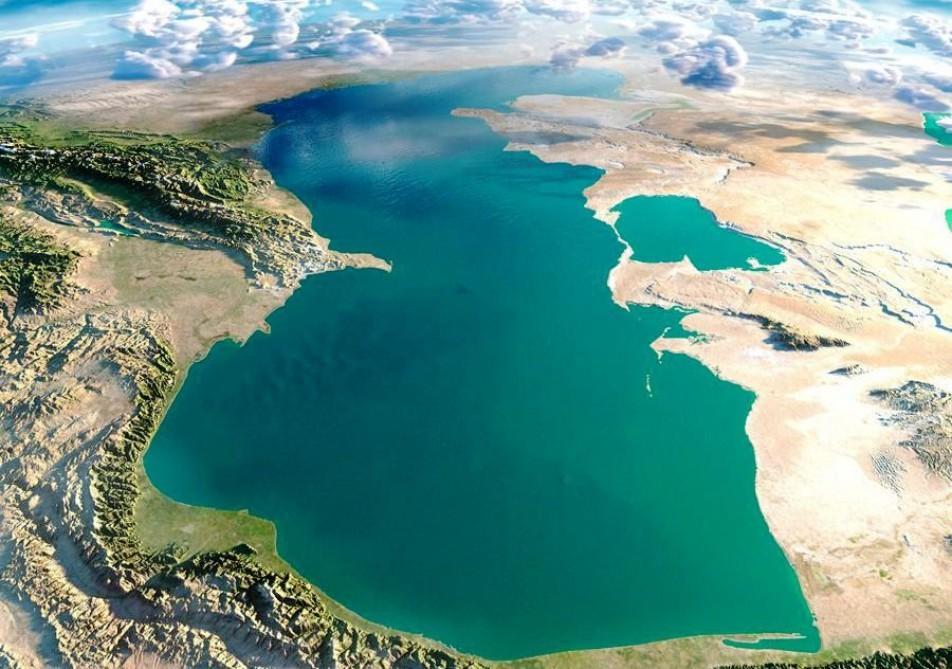Khazar Sea, saltwater lake in southeastern Europe and southwestern Asia, the largest inland body of water in the world. The Caspian Sea (Khazar Sea) is bordered on the west by Azerbaijan and Russia, on the northeast and east by Kazakhstan, on the east by Turkmenistan, and on the south by Iran.
People correctly associate seals and sea lions with marine environments. Almost all pinniped species are found in the oceans and along their coasts and island shores, but a few kinds of seals are residents of landlocked lakes. The Caspian Sea (Khazar Sea), which is the world’s largest salt lake, is home to the Caspian seal, Phoca caspica. How did it get here? Scientists believe the ancestor of the Caspian seal swam upriver from the North Atlantic Ocean to reach the Paratethys, a huge inland sea. Then, about 5 or 6 million years ago, the Paratethys began to dry up: Today’s Black, Caspian, and Aral seas are its remains, and the Caspian seal is a legacy of the time when a salt sea stretched from Europe to Central Asia.
Species and Habitats in Khazar Sea
The Caspian Sea (Khazar Sea) offers a variety of habitats in which well-adapted species thrive.
Principal habitats for fish species
For a fish to complete its life cycle it must move through 3 different habitats: spawning habitat, pasturing habitat and wintering habitat. For fish species with limited migration range these three habitats coincide. Semi-migrating fish species may find pasture habitats out at sea, but during the wintering and spawning seasons they move to rivers. Some marine fish carry out considerable migrations within the seawater area, while others may inhabit relatively limited areas of the sea.
Semi-migrating fish species:
These fish spawn in the deltas and downstream reaches of rivers and use the fresh water deltas as pasture habitats. The optimal levels of salinity for most of the commercial fish is approximately 8g/l. During years of high water levels, optimal saline waters cover all of the northern Caspian as well as coastal areas adjacent to the river mouths within the Middle Caspian zone.
Migrating fish species:
Sturgeon – the most valuable commercial fish – spawn in the rivers of the Caspian basin. These fish migrate upstream from the river basins for hundreds of kilometers. Sturgeons select areas with pebbly or hard sandy ground as spawning grounds. However, the construction of dams have been restricted fish monement to the lower reaches of the rivers prevent the sturgeon from migrating up the rivers to spawn and has led to a decrease in the natural reproduction.
Marine fish species:
Commercial marine fish of live throughout the Caspian Sea. Different geographical regions within the sea play specific roles: the shallow northern regions are important for reproduction as well as for development at early stages of life.
Principle habitats for bird species
The Caspian Sea (Khazar Sea) is situated on major migratory routes for many bird species and it is therefore of important value for the whole of Eurasia. The majority of migratory birds stem from the Siberian-Asian region. In the autumn the birds concentrate on the northeast and northern coasts of the Caspian. Gradually, they begin moving along the western coast towards the south. At this point different species may take different routes; some continue moving south along the western coast others migrate further west along the Caucasian mountain range. The birds originating from the central and northwestern districts of Russia migrate to the seacoast along the Volga. In the delta area of the Volga this stream of migrant birds merges with those from Asia. The Ural and Emba rivers are also important migratory paths. During spring, the migration routes move back in the opposite direction.
Principle habitats for mammals
The only sea mammal living in the Caspian Sea (Khazar Sea) is the seal. In the winter the seals concentrate in the Northern Caspian, near edges of ice packs, where they carry out their whelping, and molting. A small proportion of seals remain on islands near the coast of Turkmenistan throughout the winter. In the summer the seals migrate to the Middle and Southern Caspian in order to fatten up. However, a few do remain in the Northern Caspian.
Sturgeon Worth Their Weight in Gold
Historically, 90% of the World’s caviar has come from the Caspian Sea (Khazar Sea) region and its tributary rivers. The supply, however, is shrinking rapidly. The effects of pollution, loss of spawning habitat, increased poaching and over-fishing has proven to be devastating to the sturgeon population and, consequently, caviar production.

